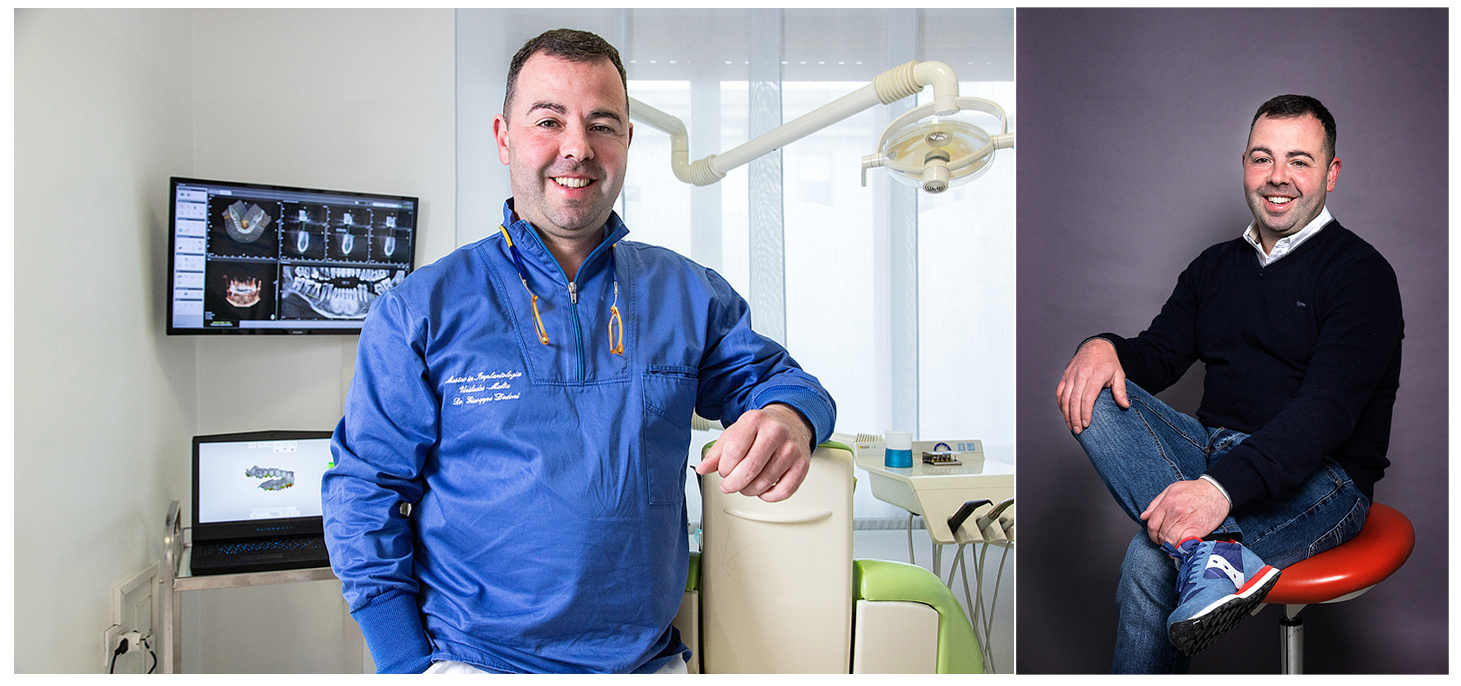Portrait, when it comes to commission
Portrait, when it comes to commission
In this article, we explore the theme of portrait photography..
We are talking about a very vast and varied field, but in this context, I would like to pay attention to commissioned work, when we do not have carte blanche, and we must respect the wishes of the client.
Whether it is a full figure, medium close-up, close-up or close medium shot, the subject we are going to portray must transmit and/or communicate a message. And like all noteworthy messages, throwing a few rhyming sentences isn’t enough to make a poem.
In the case of formal portrait, what we need to communicate is the personality and professionalism of the person in front of us: the manager, the entrepreneur, the politician, the doctor, the actor, the singer.
Before being a professional, everyone is a human being and, as such, a unicum that must be valued It is also essential to tell the qualities of the portrayed person: profession and professional are certainly two sides of the same coin.
This duality is particularly evident in all those professions in which it is necessary to wear a uniform.
When we see a person in the white coat, we automatically think of the doctor, but we do not evaluate the person inside that white coat Only later, when we know him/her, we begin to see the human being in front of us.
As regards photography, the task becomes complicated: the photo does not speak and cannot tell us who is hiding behind a portrait.
So, what should we do?
First, it is necessary to understand together with the customer what the final use of the photo(s) will be, to understand if he/she has a clear idea of what people who will see his/her portrait should see.
It is essential to deepen it with the customer before having him/her in front of the camera.
Personally, I prepare a project for each subject that I’m going to portray..
The people I portray don’t just have to like themselves, but they have to recognize themselves as people and professionals in that picture.
In the case of advertising portrait, that is all those portraits in which the model is the “tool” through which an advertising message is communicated, many more elements come into play: the model, the advertised product, the customer to whom that product is addressed, the payoff;in short, many pieces of a puzzle that must fit together perfectly.
But there is an element that never changes, whatever the product is: the customer’s need and taste. Let’s not forget that whoever commissioned us the work always expects a certain result, which sometimes may not coincide with our taste.
By this I do not mean that one should work light years away from the personal way of shooting, much less one should go against his/her ethics. However, when you prepare and present the project to the client, before starting a shooting session, it happens to have to adapt your idea to the client’s one.
It is a matter of finding the right solution for the advertising message to work at its best.
Then there is the case in which those who commission the work from us are not so prepared, perhaps simply because they have never been photographed or are not aware of the dynamics of advertising photography.
In this case, we must be the ones to give the client an idea of what a well-made portrait is and how we do it.
I believe that, in an age in which with some filters on the phone or two or three clicks on Photoshop one believes to bring home a well-done job, it is important to remember that when the customer is not experienced it is an ethical duty not to cheat him/her!
This is my way of introducing a professional!







